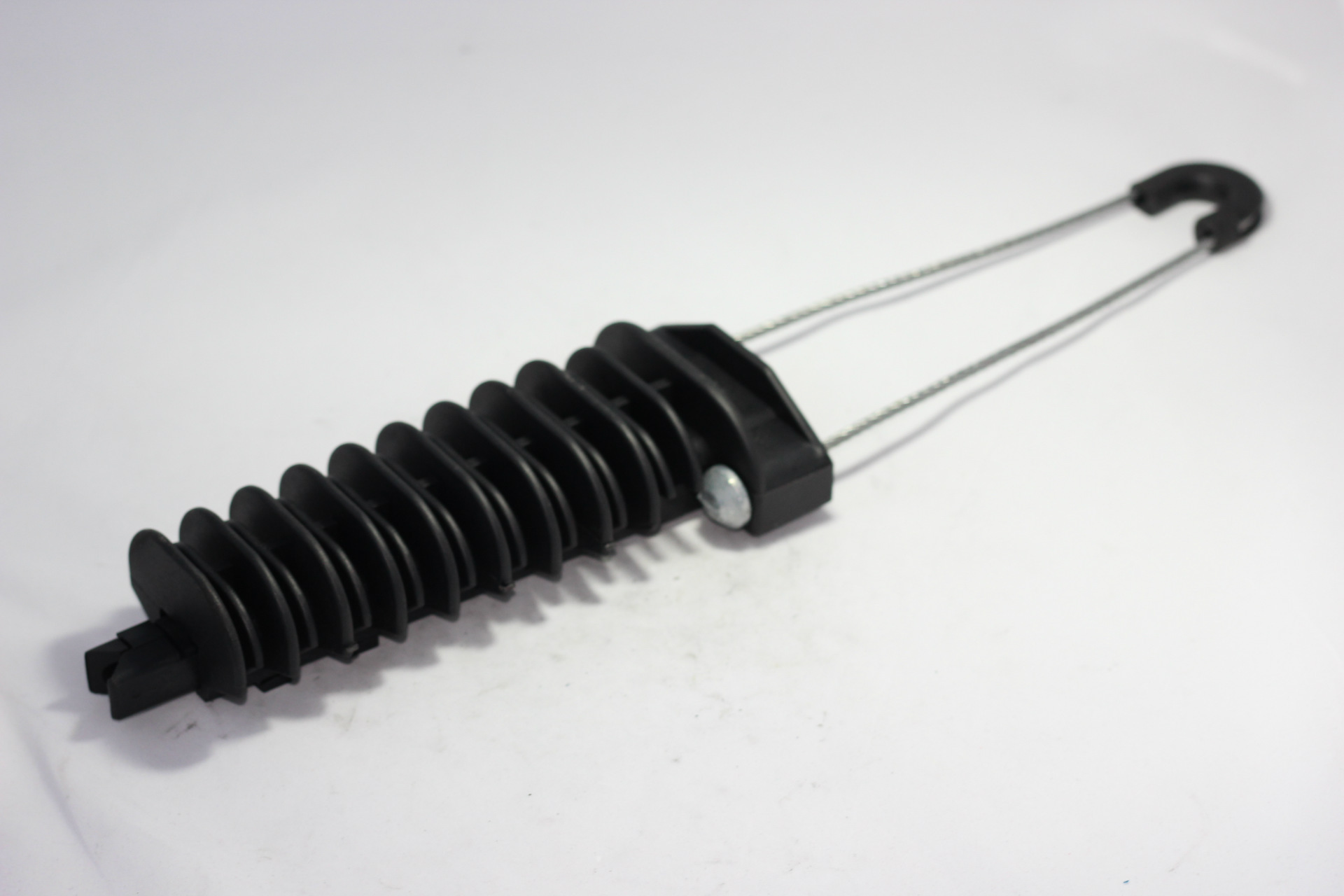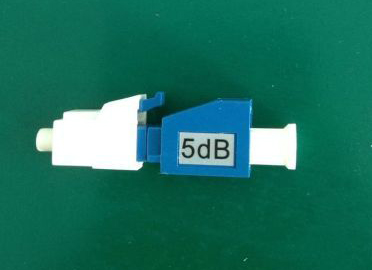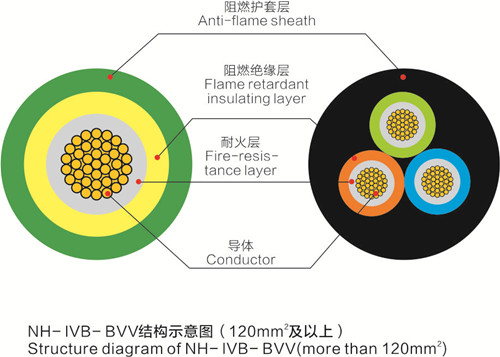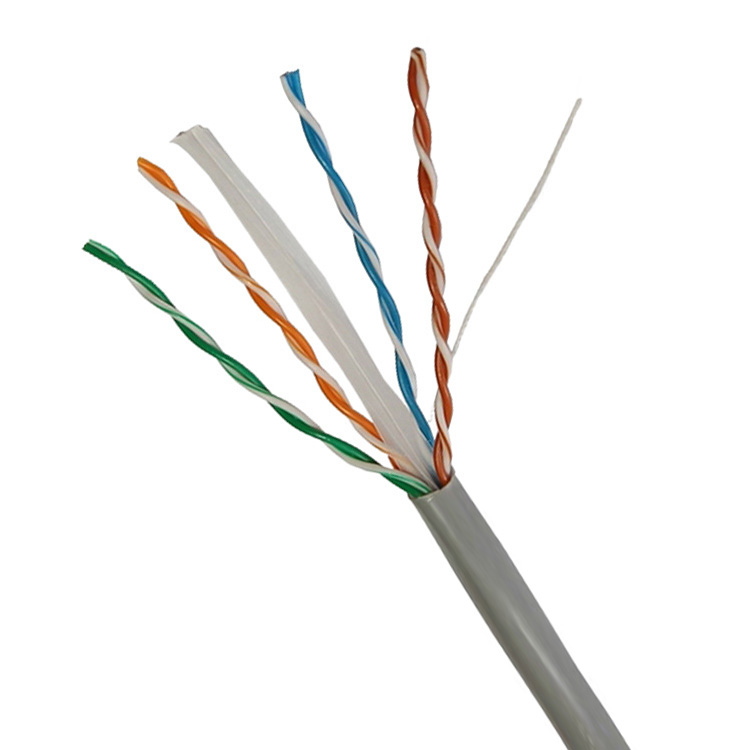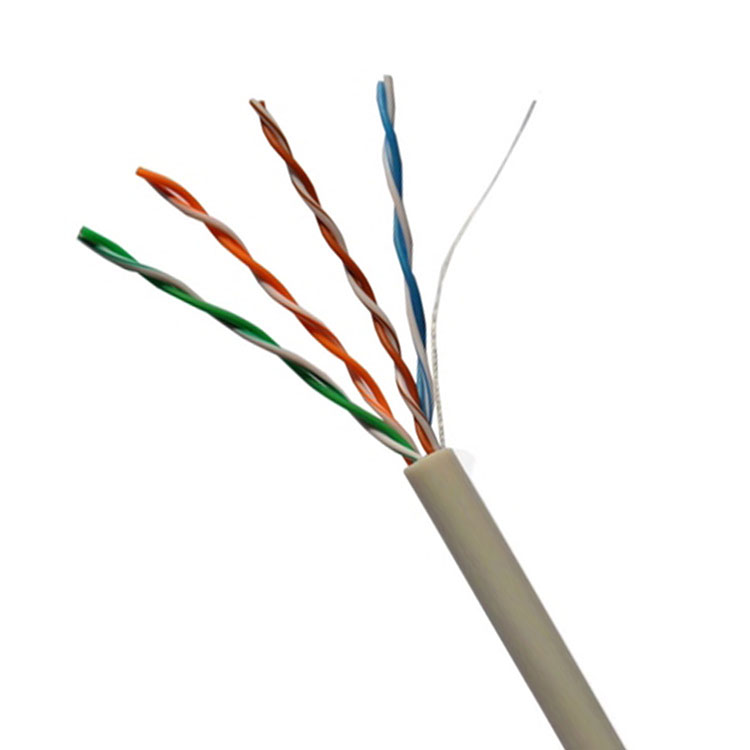Introduction
Bare conductors play a crucial role in electrical power transmission and distribution systems. Unlike insulated conductors, bare conductors are exposed and are commonly used for overhead power lines, grounding systems, and various other applications. This article focuses on four main types of bare conductors: All Aluminum Conductor (AAC), All Aluminum Alloy Conductor (AAAC), Aluminum Conductor Steel Reinforced (ACSR), and Aluminum Conductor Alloy Reinforced (ACAR). We will explore their unique characteristics, applications, advantages, and considerations for use.
1. What are Bare Conductors?
Bare conductors are wires that are not covered with insulating materials. They are primarily made from aluminum or aluminum alloys, known for their excellent conductivity, lightweight properties, and resistance to corrosion. Bare conductors are essential in various applications, particularly in overhead power lines, where insulation is unnecessary and impractical.
1.1 Importance of Bare Conductors
Bare conductors are vital for power transmission and distribution networks. Their use helps minimize energy losses, optimize structural integrity, and ensure reliable electricity delivery to consumers. They are especially important in areas where insulation may be compromised by environmental conditions or mechanical wear.
2. Types of Bare Conductors
2.1 All Aluminum Conductor (AAC)
Overview
AAC consists entirely of aluminum wires and is one of the most commonly used bare conductors for overhead power lines. It is known for its lightweight properties and high conductivity, making it ideal for applications where weight and efficiency are critical.
Characteristics
-
Lightweight: The low weight of AAC allows for easier installation and reduced load on supporting structures.
-
High Conductivity: Aluminum has excellent electrical conductivity, ensuring efficient power transmission.
-
Corrosion Resistance: AAC is resistant to corrosion, making it suitable for various environmental conditions.
Applications
AAC is primarily used in overhead power distribution lines, urban power networks, and long-distance transmission lines.
2.2 All Aluminum Alloy Conductor (AAAC)
Overview
AAAC is made from aluminum alloy, which includes additional elements like magnesium and silicon. This enhances its strength compared to pure aluminum conductors while maintaining good electrical conductivity.
Characteristics
-
Enhanced Strength: The addition of alloying elements improves tensile strength and reduces sagging.
-
Corrosion Resistance: AAAC has superior corrosion resistance, particularly in coastal and industrial environments.
-
Lower Weight: While stronger, AAAC retains a lightweight design, making it easy to handle and install.
Applications
AAAC is commonly used in overhead power lines, especially in regions with high humidity and corrosive environments. It is also suitable for long spans and areas with high wind loads.
2.3 Aluminum Conductor Steel Reinforced (ACSR)
Overview
ACSR combines aluminum and steel, featuring a core of steel wires surrounded by aluminum strands. This design provides a balance of strength and conductivity, making it a popular choice for high-voltage transmission lines.
Characteristics
-
High Strength: The steel core provides excellent tensile strength, allowing ACSR to support heavy loads and long spans.
-
Good Conductivity: ACSR retains a good level of electrical conductivity, although it is slightly lower than pure aluminum conductors.
-
Durability: ACSR is highly durable and can withstand harsh environmental conditions.
Applications
ACSR is used in high-voltage overhead transmission lines, rural electrification projects, and areas requiring long-distance power transmission.

2.4 Aluminum Conductor Alloy Reinforced (ACAR)
Overview
ACAR is similar to ACSR but uses aluminum alloys for the outer conductor instead of pure aluminum. This enhances both the strength and the conductivity of the conductor.
Characteristics
-
Improved Performance: ACAR offers better conductivity than ACSR due to the use of aluminum alloys while maintaining high tensile strength.
-
Lightweight: It retains a lightweight profile, facilitating installation and reducing structural load.
-
Corrosion Resistance: The alloy composition provides excellent resistance to corrosion, making it suitable for challenging environments.
Applications
ACAR is used in medium- to high-voltage overhead transmission lines, urban networks, and distribution lines, particularly in coastal regions.
3. Applications of Bare Conductors
Bare conductors have a wide range of applications across various industries. Their most prominent uses include:
3.1 Power Transmission and Distribution
Bare conductors are primarily used in overhead power lines to transmit electricity from power plants to substations and then to consumers. Their efficiency and reliability make them ideal for high-voltage applications.
3.2 Grounding Systems
Bare conductors are used in grounding systems to provide a safe path for fault currents, protecting both equipment and personnel. They ensure that electrical systems remain safe during surges or lightning strikes.
3.3 Communication Systems
In some cases, bare conductors can be used in communication systems, particularly in rural areas where power lines double as communication lines. This dual-use can optimize infrastructure costs.
3.4 Street Lighting and Signaling
Bare conductors are often employed in street lighting systems and traffic signal installations. Their lightweight nature and ease of installation make them suitable for these applications.
4. Advantages of Bare Conductors
4.1 Cost-Effectiveness
Bare conductors are generally more cost-effective than insulated cables, as they require less material and are easier to manufacture. This makes them an attractive option for large-scale projects.
4.2 Lightweight and Easy Installation
The lightweight nature of bare conductors simplifies handling and installation. This is particularly advantageous for overhead lines, where reducing weight can lessen the strain on poles and towers.
4.3 High Efficiency
Bare conductors provide lower electrical resistance compared to insulated cables, resulting in minimal energy loss during transmission. This efficiency contributes to lower operational costs for utility companies.
4.4 Environmental Benefits
Since bare conductors do not have insulating materials, they can be more environmentally friendly in terms of disposal. Additionally, their lightweight design reduces the environmental impact during transportation and installation.
5. Considerations for Use
5.1 Environmental Conditions
When selecting bare conductors, it is essential to consider environmental factors such as humidity, temperature, and exposure to corrosive elements. Conductors like AAAC and ACAR may be more suitable for harsh environments.
5.2 Mechanical Strength Requirements
The mechanical strength requirements of the installation site will dictate the choice of conductor. For long spans or high loads, ACSR or ACAR may be preferable due to their enhanced strength.
5.3 Electrical Load Requirements
It is crucial to assess the electrical load requirements when selecting bare conductors. Conductors with higher conductivity, such as AAC and AAAC, are better suited for high-load applications.
5.4 Regulatory Compliance
Ensure that the selected bare conductors meet local regulatory and safety standards. Compliance with these regulations is critical for the safe and reliable operation of electrical systems.
Conclusion
Bare conductors, including AAC, AAAC, ACSR, and ACAR, are essential components in electrical power transmission and distribution systems. Their unique characteristics, such as lightweight design, high conductivity, and corrosion resistance, make them suitable for a wide range of applications.
Understanding the differences among these conductors and their specific applications can help engineers and decision-makers choose the right products for their projects. With ongoing advancements in material science and engineering, the future of bare conductors looks promising, ensuring efficient and reliable power delivery for years to come.




